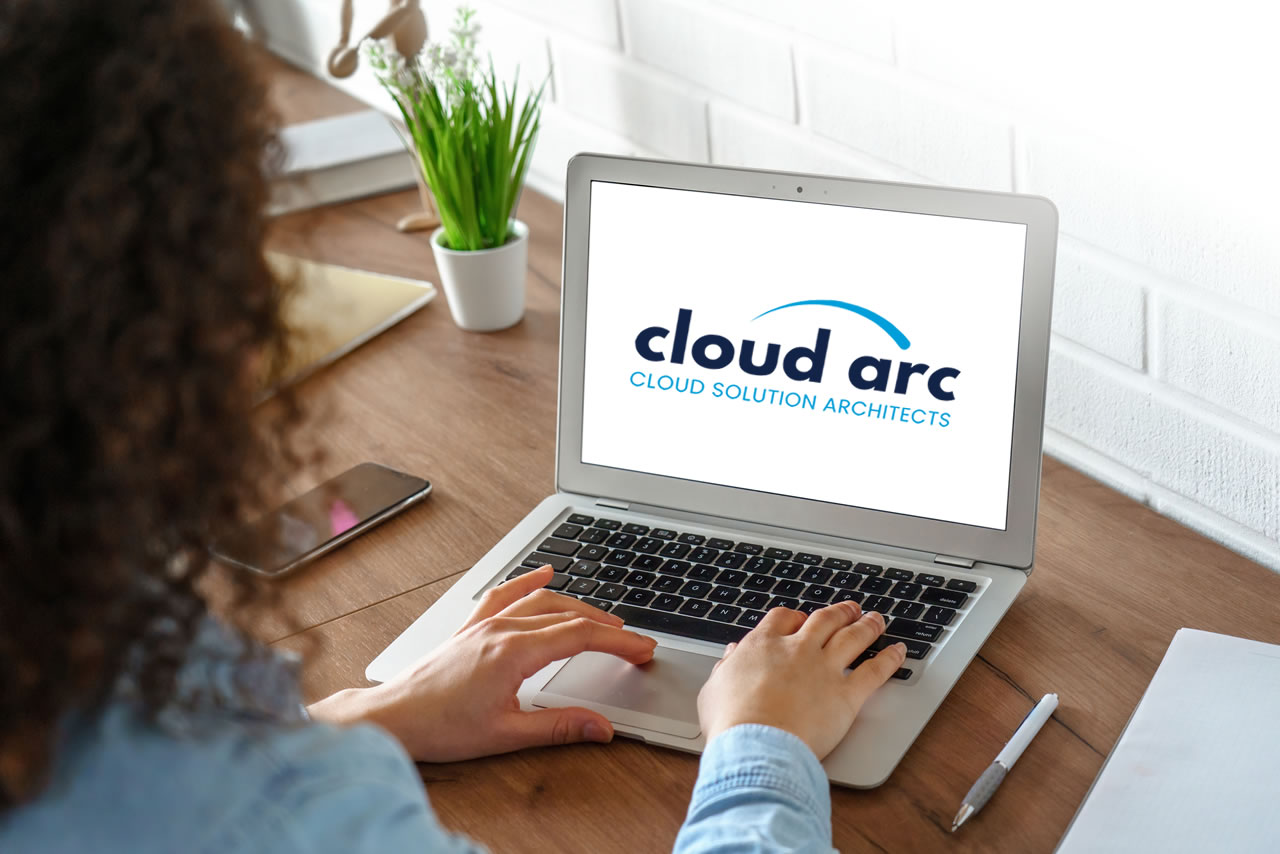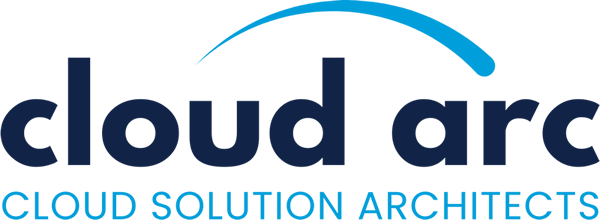How Much Does Salesforce Really Cost?
Salesforce CRM + CloudArc

How much does salesforce really cost
Introduction
Whenever someone asks you how much it costs to work with you on a Salesforce implementation, you probably answer with, “It depends.” In an attempt to avoid that generic response, I’ll give you a straight answer.
$5,000 per user
So why is this such a long article if I just provided the answer? Well, $5,000 per user is not the price Salesforce shows on their pricing page. As of January 2023, Salesforce shows $1,800 ($150 per month) per user per year for Sales Cloud Enterprise. For the sake of easy math, let’s call it $2,000 per user per year. For 50 users (50 x $2,000) = $100,000 for the Salesforce annual subscription. I also include another $100,000 to $150,000 for people (internal and external) costs (for implementation and support) which when broken down, equates to $3,200 per user.
A closer look reveals a lot about the risk and reward of the $5,000 investment per user per year. Using a round number, that’s $250,000 per year for 50 users – or $5,000 total per user in a single year.
Now you understand the $5,000 number. You can stop reading now.
However, in the rest of this article, I outline how we at CloudArc believe you can get the most return for the $5,000 you spend per user. We think the critical question for Salesforce users is not how much the technology costs, but how much you will produce in return for each $5K investment per user annually.
How much does salesforce cost? Learn how we can save you money with Salesforce + CloudArc.
Framework to Generate Return on Salesforce Investment
Let’s start with some basic concepts that will articulate the essential elements to generate returns on your Salesforce investment.
If this is the first time you’ve read any of our content I’ll introduce the concept of Problems, People, Process, and Technology. These four elements must be considered when developing a plan for how you will adopt a tool like Salesforce to create results.
Realizing Return on Investment when Solving a Problem. The most fundamental element for any customer to be clear about when considering a Salesforce (or any software) implementation is precise definition of the problem to be solved with the software or the opportunity which the customer will capitalize on with implementation of Salesforce.
Articulation of the problem/opportunity and benefit to be realized from a technology solution like Salesforce enables customers to understand what’s a reasonable expense to pay for a solution and what the return per user needs to be to make the investment worthwhile. Understanding these numbers is key for any customers as they develop an implementation framework.
The bottom line for any customer thinking about a new software solution is this: a business should plan on generating 2x the amount invested in the solution to justify the expense. Using the numbers above for Salesforce, a business that spends $5K per user per year should plan on and set expectations to generate $10K in return for that investment.
Framework Elements. Once a business understands the amount of return needed, it then needs to understand how the people, processes, and technology support those return on investment (ROI) goals. The framework elements that can and should be manipulated to reach those ROI goals are: People, Process, and Technology. I go into detail about each below.
People. Comprised of both your internal and external team members as well as your customers, the People element is a critical factor when considering what solution to implement and how the internal and external team and customers will adjust to the technology change.
Your People need to feel aligned with the Technology through Process optimization with any new solution adopted and be able to do so with as little friction as possible. Using Process and Technology, you optimize your People’s ability to generate impact, solve problems, and capitalize on opportunities.
Process. Fundamentally, process is how things get done using People and Technology to solve a Problem and generate an outcome. Processes involve both known and unknown aspects of solving a business Problem. Process is the “secret sauce” for any successful business and companies can refine their processes to get the most out of People and Technology. However, left unattended, Process can create wasted effort and resources and even lead to costly delays or other disasters in your business.
Technology: Included in Technology are all the tools (e.g., Salesforce, email, MS Office, your ERP system, social media, etc.) that enable People to be as productive as possible using the Processes defined for your business. Technology can enable incredible productivity and time saving but it must be used in balance with Process and the People using it to help achieve profit and resource objectives effectively.
Our belief at CloudArc is that each of the above areas should be a factor for any business considering an investment in tools like Salesforce. More importantly, you and your team should be clear on what Problem or Opportunity you’re solving with adoption of the Technology, how your People will use the Technology, and how your Processes and behaviors may need to evolve to optimize output. Inherent in this assessment is factoring in how Technology like Salesforce will maximize productivity around work and executing on opportunities.
The rest of this article focuses on a set of factors I loosely refer to as the “6 D’s” that fit into the larger “Problem,People, Process, Technology” framework previously described. These may be used to think through the $5,000 per user per year Salesforce expense I initially referenced as you think about how to maximize your ROI.
In addition to being factors you may use to assess where your business is in terms of readiness to adopt a Technology change, we use the 6 D’s internally to inform our process with every customer with whom we work. I provide more detail below about each “D” that may help you assess how to optimize the ROI for each Salesforce user you have.
1. Discovery (Problem/Opportunity Identification)
It’s often said that you make money when you buy. When you purchase a house or a stock at a good price, you make money because you started correctly. I will argue that this principle is true when “investing” in any business challenge. Starting correctly is the first step to manage risk and invest with a “margin of safety.”
When it comes to solving problems in your business, articulating the problem you need to solve or understanding the opportunity you want to target and being able to write and verbalize that problem or opportunity AND its requirements is essential. If your primary reason for implementing Salesforce is to generate more sales, then what specific problem will Salesforce solve? It’s imperative for you to know how many more leads, faster sales cycles, larger deals, higher margins, etc., are your target with Salesforce adoption. What is the intended benefit to your business from Salesforce adoption? Does the benefit from your business’s Salesforce implementation amount to 2x the $5,000 per user per year investment?
2. Design (Solution Architecture)
During design of any solution, it’s important to revisit what the specific costs will be as you want to ensure you have a clear understanding of what expenditure will be required. Furthermore, you should validate that the approach you plan to implement justifies the effort and expense. You should determine if the outcomes from your contemplated solution warrant a “shoestring” lite version or the “deluxe” implementation.
With Salesforce, there are typically three different ways you can solve a problem each with it’s own level of investment required. With clarity around the problem and the intended outcome, you can hone in on the appropriate level of financial investment to accomplish your objectives that balances the benefit of the investment with the cost incurred.
Timing is also an important consideration when designing a solution. Following a crawl, walk, run approach, you can start small. At CloudArc, we like to have our customers realize preliminary return for their investment before incurring more expense on more features or customizations. Once customers achieve that initial ROI, we can work with them on additional aspects of the solution that require more resources and investment.
3. Development (Solution Creation)
Development is the process whereby CloudArc’s development resources create the designed solution that meets your business’s specified requirements. There are multiple ways the Salesforce platform allows us to solve problems. These may include simple configuration (like setting up fields or picklists) or customization (like writing code). Pros and cons exist for both of these extremes. Nevertheless, because we have clarity on the value of the Problem to be solved based on our work in the Discovery phase, we can better choose during Design whether configuration or customization is more appropriate.
During the development process, CloudArc staff continue to work with you on preparation for the Due Diligence (testing), Demonstrate and Direct (training) and Deployment (solution adoption) phases.
4. Due Diligence (Testing)
The objective with the Due Diligence or testing phase is to ensure everything works as designed. CloudArc will perform internal testing and we may ask you to test in your Salesforce org as well. This will ensure that functionality works as intended. Ideally, both Development and Due Diligence phases are relatively uneventful and low risk since we spent the time with you to carefully discover and define the elements of your Salesforce implementation that are then developed by our team for testing and implementation.
5. Demonstrate and Direct (Training)
While testing is ongoing, training may also begin. We will provide some general Salesforce training for your users but also, we will provide unique customized training based on your specific needs. The training we provide starts in the form of videos we provide so users may watch it asynchronously. They may watch it based on when they need to be Salesforce learning about the system. Additionally, they will be able to easily access training content as it will be available through the Learning tab in your Salesforce org. This stage of the process is not only where we train your users on the new tools and processes, but we also look to your leaders and managers to reinforce the right behavior with users through weekly reviews of dashboards with team members.
6. Drive Adoption
Adoption is where it all comes together. At this point in the process, you have the opportunity to begin realizing the benefit described earlier in this article. From the CloudArc perspective, Driving Adoption means a couple of things. First, from a technical perspective, your production environment will be up and running and your users can be entering “real” data into the system and using it to track activities, productivity, etc. Additionally, it will give you the opportunity to reinforce with users early on how you intend for them to use the system based on the design first scoped out with our staff to solve the Problem or realize the Opportunity noted in phase 1. We are happy to work with you and your users to help complete the adoption process.
Now what?
Salesforce is an amazing platform that enables business improvements and capitalization on opportunities. If you are an existing Salesforce user and would like to learn more about how you can optimize your Salesforce investment click on the “healthcheck” link below. There you can learn more about how to assess your business’s use of Salesforce.
If you are new to Salesforce and are interested in learning more about how you can adopt the solution using our methodology to reduce risk and capitalize on investment, click the “free trial” link.
View Salesforce Foundations blog here.


